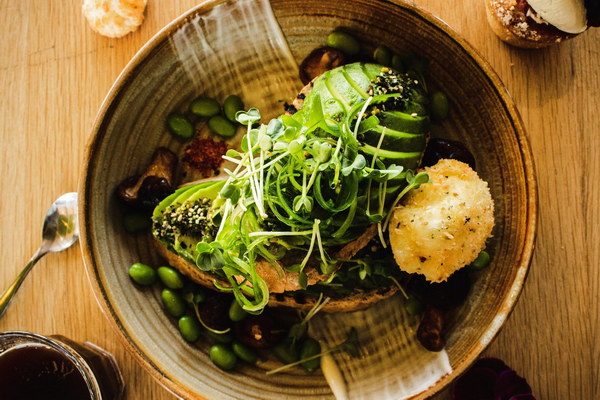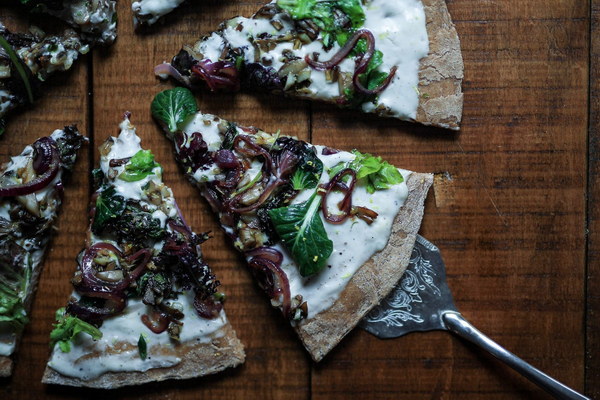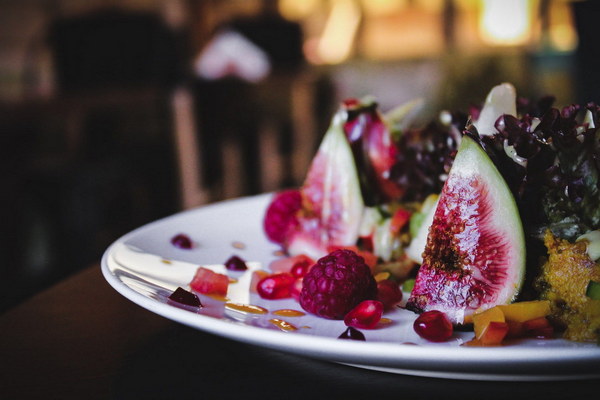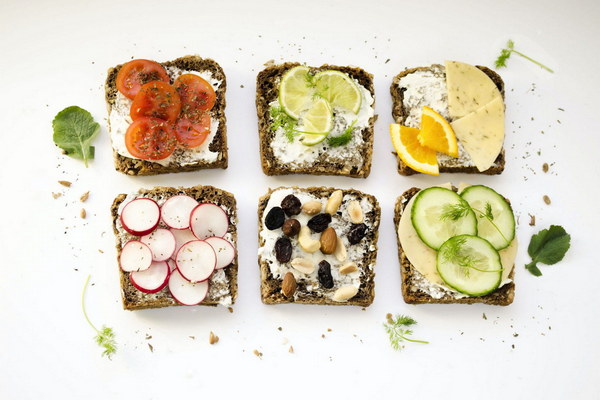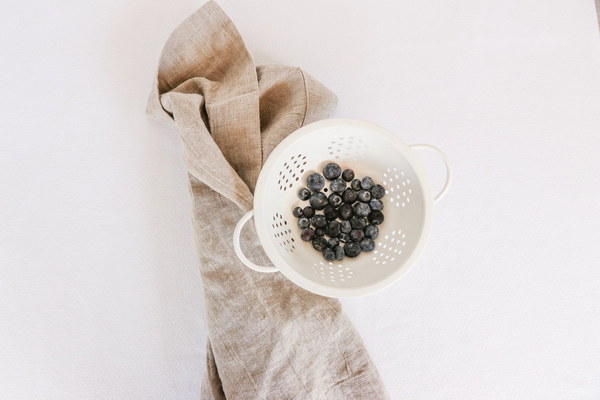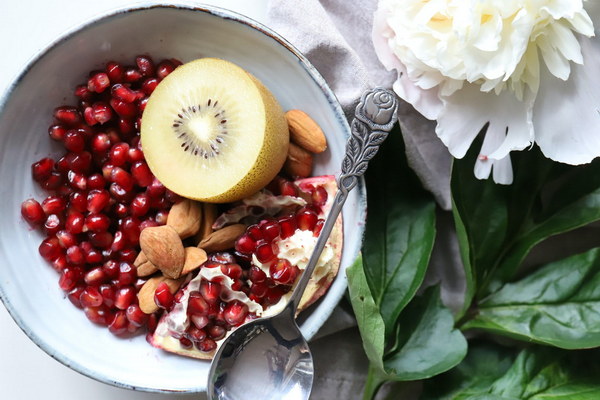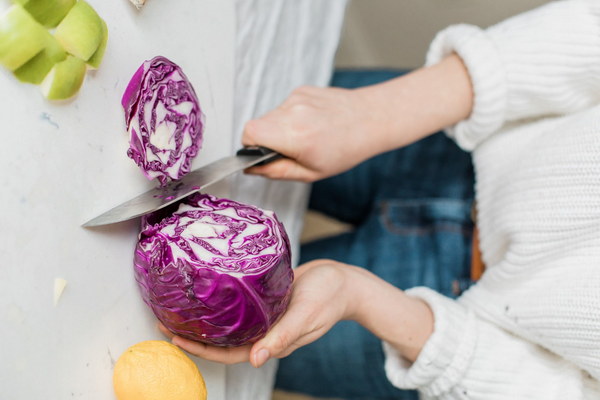Nourishing the Soul Exploring Guangzhou's Classic Herbal Feasts
Nestled in the heart of southern China, Guangzhou, also known as Canton, has been a melting pot of cultures and flavors for centuries. This vibrant city boasts an extensive culinary heritage, with one of its most unique aspects being the incorporation of traditional Chinese medicine into its cuisine. One of the most fascinating facets of Guangzhou's culinary landscape is its classic herbal feasts, which offer a harmonious blend of taste and therapeutic properties. In this article, we will delve into the world of Guangzhou's classic herbal feasts, exploring their origins, ingredients, and the health benefits they provide.
The roots of Guangzhou's herbal feasts can be traced back to the Song Dynasty (960-1279 AD), when the city was known as Canton. During this period, the fusion of Chinese and foreign culinary practices began to take shape. The locals quickly realized the potential of combining food with medicinal properties, leading to the birth of herbal feasts.
One of the most iconic ingredients in Guangzhou's classic herbal feasts is the Guizhi, or cinnamon bark. This aromatic spice is believed to have various health benefits, such as improving blood circulation and reducing inflammation. Another essential component is the Shan Yao, or yam, which is known for its ability to strengthen the spleen and boost energy levels.
Herbal feasts in Guangzhou are not just about the medicinal ingredients; they also feature a variety of traditional Chinese herbs, spices, and fruits. Some of the most common ingredients include:
1. Goji Berries: Known for their antioxidant properties, goji berries are often used to improve vision and boost the immune system.
2. Astragalus: This root is believed to enhance the body's resistance to disease and improve overall vitality.
3. Ginseng: A well-known herb with numerous health benefits, including enhancing cognitive function and reducing stress.
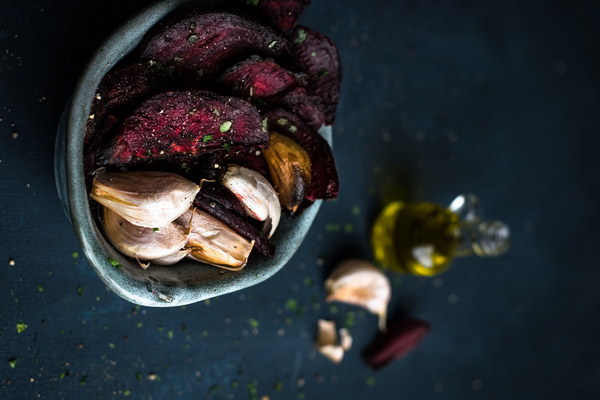
4. Dried Tangerine Peels: These are used to add a unique flavor and aroma to the dishes.
5. Chinese Dates: Known for their high sugar content, these dates are often used to sweeten the dishes and provide a rich texture.
The preparation of Guangzhou's classic herbal feasts is a meticulous process that requires a blend of culinary skills and traditional knowledge. The ingredients are typically simmered in a slow-cooked broth, allowing the flavors to meld together and release their medicinal properties. The end result is a sumptuous meal that not only tantalizes the taste buds but also promotes overall health and well-being.
One of the most popular herbal feasts in Guangzhou is the Herbal Chicken Soup, also known as Yin Chen Jiao. This soup is made with a variety of Chinese herbs, including goji berries, astragalus, and ginseng, all simmered with free-range chicken. The result is a rich, flavorful broth that is believed to boost the immune system, improve energy levels, and enhance overall health.
Another well-loved herbal feast is the Herbal Duck Soup, or Yin Chen Ya. This soup is made with cinnamon bark, yam, and dried tangerine peels, all simmered with organic duck. The soup is known for its ability to nourish the lungs and respiratory system, making it a popular choice during the cold winter months.
While Guangzhou's herbal feasts are a testament to the city's rich culinary heritage, they also offer a glimpse into the profound connection between food and medicine in traditional Chinese culture. These feasts are not just a way to satiate hunger; they are a means to maintain balance and harmony within the body.
In conclusion, Guangzhou's classic herbal feasts are a unique and delightful culinary experience that combines the best of traditional Chinese medicine with delicious flavors. Whether you're seeking a healthy meal or simply want to explore the rich culinary heritage of this vibrant city, herbal feasts are an excellent choice. So, the next time you find yourself in Guangzhou, don't hesitate to savor the flavors of these medicinal delicacies and experience the ancient art of healing through food.
